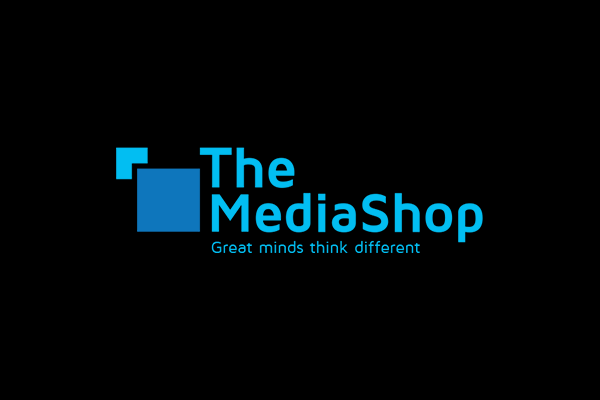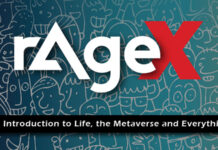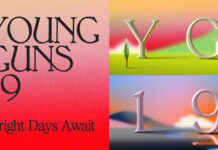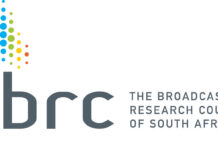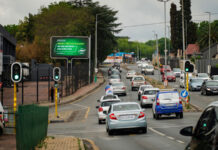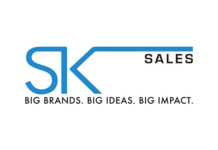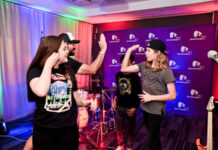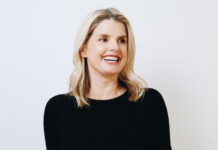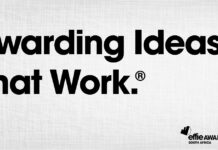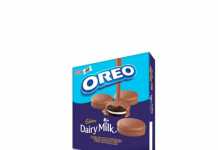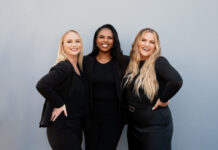 Let’s face it, the world is changing – and changing rapidly. Think about your favourite online platform, those ubiquitous technologies that you use every day and just simply can’t live without…WhatsApp, Twitter, Facebook, YouTube, Uber, AirBNB.
Let’s face it, the world is changing – and changing rapidly. Think about your favourite online platform, those ubiquitous technologies that you use every day and just simply can’t live without…WhatsApp, Twitter, Facebook, YouTube, Uber, AirBNB.
Did you know that not one of these technologies have even made it into their teens yet? Google is the only veteran of the bunch having launched 18 years ago.
And the smartphone? Well these have effectively been around since 2007 (there were in fact smartphones before that, but when Steve Jobs introduced the iPhone in June 2007 it ushered in the smartphone era as we know it today). So even the “venerable” smartphone has been around for less than a decade.
And yet it seems like we’ve been using these technologies forever! We simply can’t recall what life was like before them.
Compare these to some of the old guard…
• The Bold and the Beautiful premiered in 1987 (just how old is Ridge anyway?)
• Friends first aired in 1994
• Survivor has been running for 33 seasons
• Seinfeld enjoyed a 9 year stint from 1989 – 1998
• 947 (previously Highveld Stereo) first went on air in 1964
• And the good OLD Sunday Times turned 110 in February of this year (2016)!
New technology and digital platforms have changed the world. They have changed the way in which we communicate. They have changed the way in which we entertain ourselves. And they have changed the way in which brands need to resonate and engage with their target consumers.
Back in the 80s the advertising world was very simple (or so I am told; I was still in primary school back then). TV was THE mass medium and the lives of media planners were very simple. If you wanted to reach all of South Africa’s TV viewing audience, you simply had to place one spot in Dallas on a Tuesday night. Job done. No wonder the legends of our industry used to spend so much time having lunch…a good TV schedule consisted of all of 12 to 16 spots – for the year, booked upfront! Of course there was only one TV channel, and it only broadcast for a few hours each night, but still – planning in those days must have been a breeze.
Not so today. Not only does the consumer now have well in excess of 100 TV stations that they can choose from, but new technology has given them all kinds of other options. PVR, Catch-Up, Box Office, Hulu, Netflix, Showmax, YouTube…the consumer is now 100% in control of his/her schedule. Primetime is now any time they want, and they can watch their favourite show anywhere they want too – they are no longer tied to the box sitting in their living-room between 18h00 and 22h00 every evening.
In fact non-linear (online and on-demand) TV makes up for 69% of all “video” viewing in South Africa, according to Millward Brown. Globally, video viewing on Facebook has doubled year on year, from 4 to 8 BILLION views, per DAY! YouTube, arguably the largest video content platform in the world, is South Africa’s 2nd largest search engine, has over 8 million subscribers who visit almost daily and spend almost 20 minutes per day on the platform. YouTube further estimate that video accounts for 75% of all web content consumed in South Africa.
The bottom-line is that digital video is massive, and it is only getting bigger! And consumers are supplementing their traditional TV viewing with digital video content.
So what does it mean for advertisers? Well, we can no longer see linear TV as the Holy Grail. Brands that wish to talk to their consumer through video content cannot rely solely on TV anymore. Consumers have changed, they’ve moved on, and we have to as well!
So are we suggesting that we no longer use TV and only focus our attention on Facebook, YouTube and Instagram? Absolutely not. Television in South Africa is still an extremely powerful medium. It attracts millions of viewers each and every day – but, so does digital. For example, the biggest programme on TV in 2015 was Generations and it attracted an average audience of around 6 million viewers per episode. Facebook has on average 7.8 million daily users, so it can simply no longer be ignored. What we are suggesting is that advertising campaign strategies will be so much stronger by using TV and digital video in combination.
Consider this…
Remove one spot from your TV plan, say Carte Blanche. You save R70,000 and lose no more than two ratings. A 2 AR drop on your TV plan will have zero effect on performance. But R70,000 spend on YouTube or Facebook will buy you a month of heavy exposure! So what can YouTube or Facebook add to your TV plan?
1. Extends your reach and allows you to speak to light or non-TV viewers.
2. One of the first things we all do when we wake up in the morning is check our phones – and we do so a further 109 times throughout the day…so digital video is the perfect platform to remind people about your brand/product/service at a relevant time of day for purchase, instead of just during prime-time when you’re probably closed for business.
3. It takes your message out of the living room and out into the retail world where people can respond to your message there and then.
4. And it extends the length of time that you can be on-air. Let’s be honest, TV is expensive and few brands can afford an always-on TV strategy. That R70K you saved by dropping a spot in Carte Blanche can extend your two week TV burst to a month…and in this day and age of massive competition, people need a constant reminder of your brand – not just 2 weeks a month!
And does it work? Yes, it does! There are published case studies, by reputable research houses like Millward Brown, that show a very clear and definitive uplift in noting and awareness for brands that have used digital video in conjunction with linear TV.
So, bottom-line – technology is changing the world. The pace of technology is not slowing. We can no longer rely on the old ways to speak to our consumers. We need to keep up, or we will be left behind!



